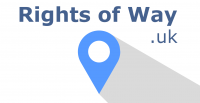You most likely know about footpaths and bridleways but what about restricted byways or byways open to all traffic? In the UK, there are four types of right of way which allow differing activities. For any users of rights of way, it is important to know about all the different types to ensure you are using the path legally. In generally, all rights of way allow walkers and runners. Mobility scooters, powered wheelchairs and prams are also universally allowed however the dirt/grass surface of paths, and likelihood of gates and styles, mean paths may be unsuitable for them. Dogs are also allowed but must be under close observation. If a route is impassable you are always allowed to take a reasonable diversion or remove the obstruction though it is advisable to let the council deal with it especially in the cases of intentional blocking.
If you are still confused, feel free to send me a message since it can be very confusing. Of course, for legal purposes, do not rely on the information here and contact a professional legal adviser as niche cases always exist.
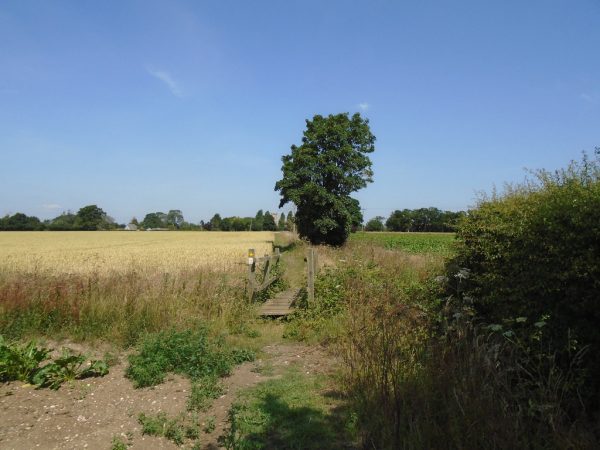
Footpath
Footpaths are, by far, the most common type of right of way. It is the most basic limited type of path in the UK and allows individuals to use the path as a walking, or running, route. Horse riding or cycling is not allowed on such routes with vehicular traffic strictly illegal. The land owners of the footpath route must ensure that the route is clear of vegetation, or any other obstacle, up to a width of 1.5m. If the path cross a field, the owners of the field must ensure crops are cut and any ploughing or other work does not hinder easy access for users of the footpath. Unfortunately, especially in the countryside, land owners poorly maintain footpaths therefore, if a footpath is not passable or if signage is not present, users of the path may deviate from the route where reasonable (i.e. walking around the edge of a field which is full of oilseed rape). Mobility scooters or powered wheelchairs are allowed however the lack of surfacing will likely hinder the use of such vehicles on many footpaths so ensure to check beforehand to see if such a route is passable.
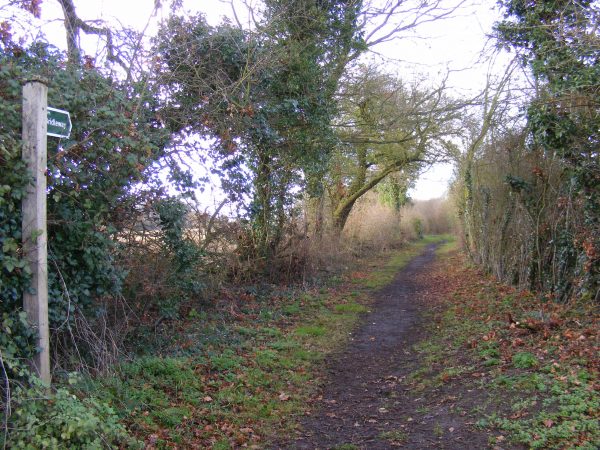
Bridleways
Bridleways are still relatively common especially in the countryside. Unlike footpaths, horse riders and cyclists may use the path for riding. Again, land owners have a responsibility to keep the path clear and easily accessible. Realistically, cyclists must use a cross country bike and be prepared for a tough ride especially during the wetter months since bridleways will still have a dirt surface. Compared to footpaths, land owners are required to keep the path clear to a width of 3m (rather than 1.5m for footpaths). As with footpaths, mobility scooters or powered wheelchairs are allowed however the lack of surfacing will likely hinder the use of such vehicles on many footpaths so ensure to check beforehand to see if such a route is passable.
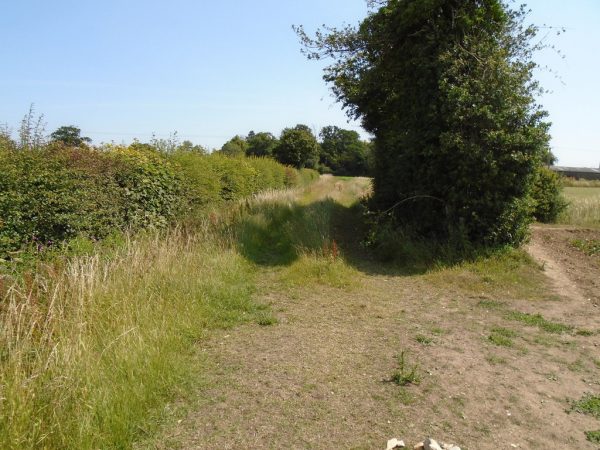
Restricted Byways
Restricted byways are relatively uncommon. As a byway, the should have a similar width and style to a byway or green lane. Generally, restricted byways are open to walkers, cyclists, horse riders, users of non-motor propelled vehicles (i.e. horse carriages) including mobility scooters or powered wheelchairs. Unlike other rights of way, there may be a right to drive animals along a restricted byway.
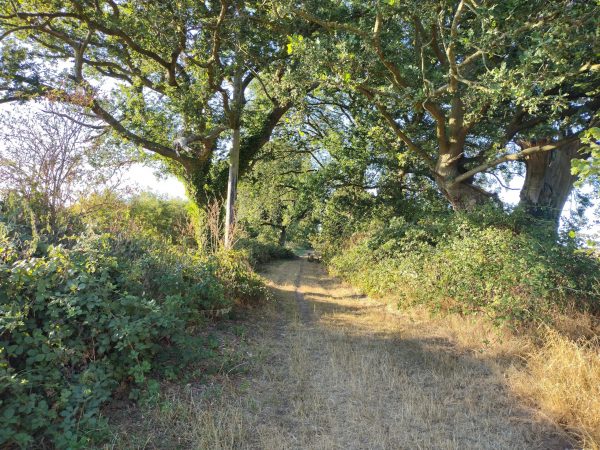
Byways Open to All Traffic (BOATs)
Byways open to all traffic, shortened to BOATs, are green lanes which can be used by all users including motor propelled vehicles (i.e. cars or motorcycles). The definitive map, which maps out the legal rights of way, is not intended to be a map of roads so some byways, which are classed here as unsurfaced county roads, are not listed on the map and are rather classed as a standard road with all rights that entails. Similar to restricted byways, they are relatively uncommon. Restrictions on specific BOATs, imposed by the council, may ban motor vehicles if the specific route has a history of improper use or anti-social behaviour however such routes should be clearly identified. Though they are open to motor vehicles, local authorities are under no obligation to path the byway meaning, in relatively, such paths are often unpassable for normal cars and can be dangerous for motorbikes.
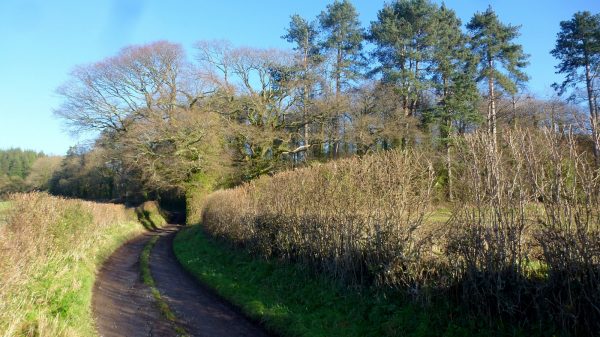
Other Rights of Way
Unsurfaced County Road/Green Lanes – Though not a legal type of way, green lanes are marked with green dots on OS maps and are legally roads which have not been surfaced by the council or have limited surfacing (such as simple metal). Green lanes are somewhat common but are not shown on this site given they are a road with all the legal rights in common with normal roads.
Permissive path – These are somewhat uncommon and are generally only locally signed. They are paths which the landowner has allowed walkers or runners to transverse but such users do not have a right to do so. As such, they are not a right of way and, as such, are not displayed on this site or, generally, on OS maps.
Greens/Right to Roam – Some areas have right to roam, or voluntary access which in general allows users to transverse the land as they wish. Such areas may be coastal environments, forestry or national parks as well as common land such as village greens. Paths may cross such land which users have a right to use but are not rights of way, and as such not recorded on this site, meaning the obligation to clear and maintain the path is not present. Rights of way may also cross right to roam areas in which case the path must be kept clear and be usable.
Sources:
- Gov.uk | Rights of way and accessing land
- Devon Council | What are public rights of way?
- Gov.uk | Guide to the definitive map
